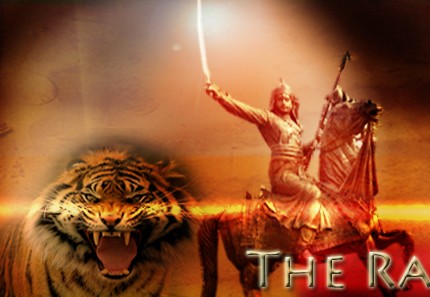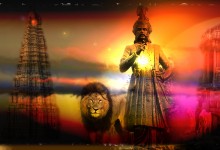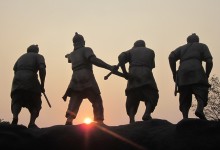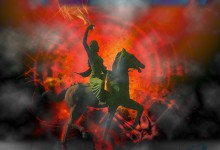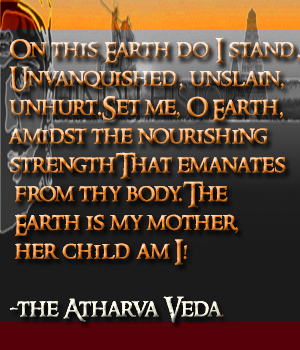Posts Tagged ‘aryans’

The Worlds Longest ‘Unknown’ War
That audacious armada of the religion of Hijaz – Whose insignia reached every corner of the world Which learnt no obstruction from any fear Which felt no hesitation in Persian Gulf or faltered in the Red Sea Which vali...

A Nazi Out-of-India Theory?
The homeland debate Ultimately, a question of ancient history, such as the location of the homeland of the Indo-European language family inside or outside of India, will not be decided by its real or putative association with p...

Colour Prejudice in India : A History
When ‘Brother-in-Law’ means Rape If we cannot blame the aforementioned non-existent ‘Aryans’ then could it be due to two centuries of British colonialism? Certainly this favoured lighter skin and there was even a mixed ...

Time for Aryan Invasion Theory to Invade the Dustbin of History
Crass racist theories which are both laughable and offensive are thankfully a thing of the past. Or are they? The Holocaust put the nail in the coffin that race theory could be anything other than murderous and beyond the pale....

